¶ How to use Aastra 480i with PBXware
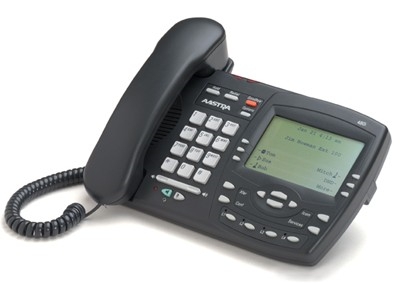
This "How to" is written as general guide on how to use Aastra 480i with PBXware using 1.3.1.1095 SIP Aastra 480i firmware. It covers the most common tasks that are required to have your Aastra 480i working efficiently.
¶ Registering Aastra 53i
¶ Requirements
1. Aastra 480i firmware.
- Make sure that the device is loaded with 1.3.1.1095 SIP firmware.
2. DHCP server.
- Fully configured and operational DHCP server.
¶ Manual Configuration
¶ UAD Settings
STEP ONE: PBXware IP address.
1. Find out the IP address of the PBXware server.
STEP TWO: Login to PBXware.
1. Open a new browser window and enter the IP address followed by "/admin/index.php" in order to access the PBXware administration interface login screen.
Example: http://192.168.1.2/admin/index.php

an example with IP address following by "/admin/index.php"
2. Hit "Enter" on your keyboard.
3. Login into PBXware with your e-mail address and password.
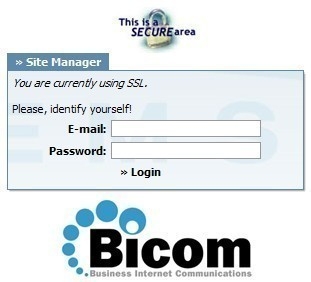
STEP THREE: UAD status.
1. Make sure the UAD is enabled. To check the UAD status navigate to "Settings:UAD", and click on the "edit" icon corresponding to "Aastra 480i".
2. Make sure "Status" is set to "active", "Auto provisioning" is set to "No" and "DHCP" is set to "Yes".
3. Click on the "Save" button to save changes.
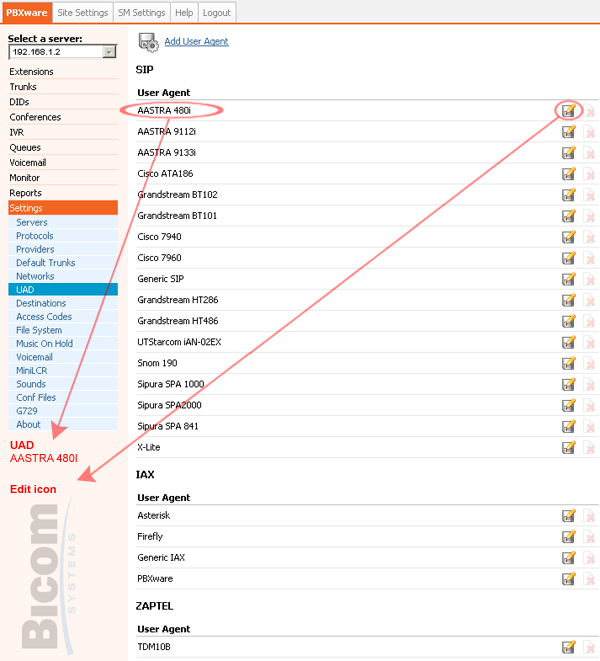
¶ Creating Extension
STEP ONE: Add Extension.
1. Navigate to "Extensions". Click on "Add Extension".
2. The standard options window will be shown below.
3. Select Aastra 480i from "UAD" select box.

4. Select Location: "Local" or "Remote".
Note:
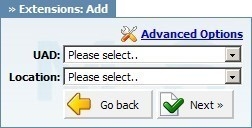
-"Local" is for all extensions registered on LAN.
-"Remote" is for all extensions registered from remote networks, WAN, Internet etc.
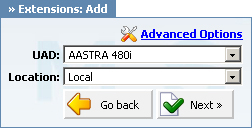
5. Click on the "Next" button.
STEP TWO: Extension values.
1. Enter values into required field text boxes.
REQUIRED FIELDS:
Name:
Enter a name for the extension being created. Example: John Smith.
E-mail:
Enter the e-mail address associated with this extension. This e-mail address will receive all system notification messages. Example: john@domain.com.
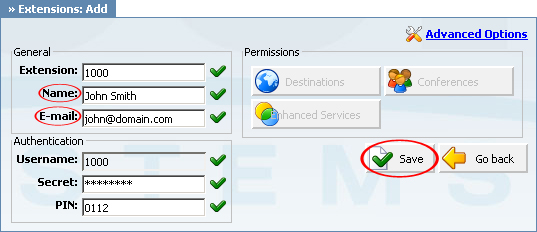
an example with details filled in
2. Click on the "Save" button.
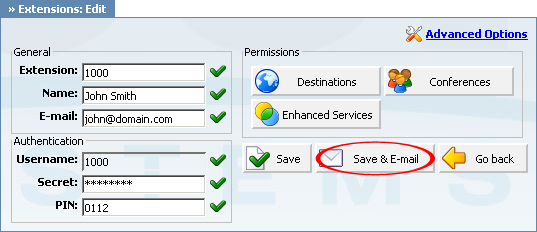
an example with details filled in
3. Click on the "Save & E-mail" button. Account details will be sent to the e-mail address associated with this extension.
OPTIONAL FIELDS:
Extension:
An auto-generated extension number based on the next available sequential number. An extension value can be changed. Example: 1000.
Username:
Username is auto generated/populated and cannot be changed since it allows the system to use this value for other important operations.
Secret:
A secret value associated with the UAD is auto-generated in order to allow the UAD to successfully register with the system. The secret value can be changed.
PIN:
An auto-generated PIN will allow access to voicemail and online self care.
¶ Registering Phone
STEP ONE: Power over Ethernet.
- Connect the ethernet port to a "POE Passive Power over Ethernet injector".
- Connect "POE Passive Power over Ethernet injector" to a hub, router or switch as to access LAN.
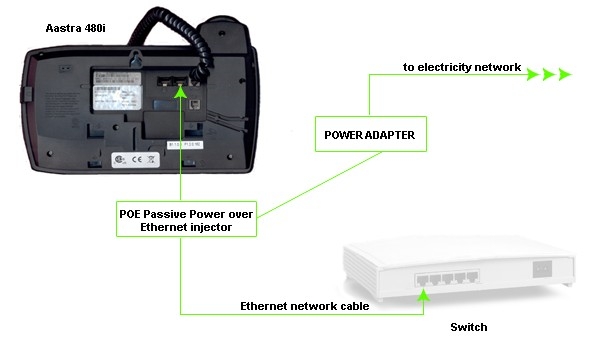
After successfully connecting the Aastra 480i to the electricity and data networks it is time to register it to PBXware.
STEP TWO: Aastra 480i IP address.
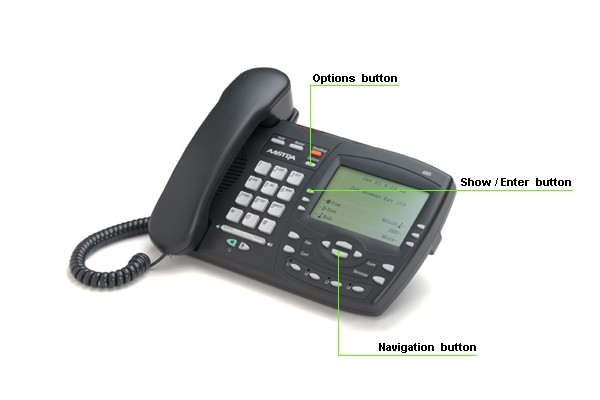
Find out the IP address of the Aastra 480i connected to network.
1. Press the "Options" button.
2. Use the "Navigation" button to navigate down to "Network".
3. Press "Show" button.
4. Enter password. Default factory password is "22222".
5. Press the "Enter" button.
6. Use the "Navigation" button to navigate down to "IP Address".
7. Press the "Show" button.
STEP THREE: Aastra 480i Web Interface.
1. Open a new browser window and enter the IP address in order to access the Aastra 480i administration interface.
Example: http://192.168.1.101/

an example with IP address
2. Hit "Enter" on your keyboard.
STEP FOUR: Configuring Aastra 480i.
1. Click on "Line 1" link.
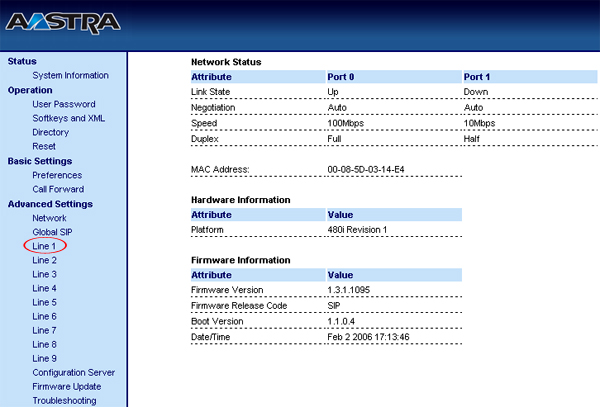
2. Enter the following details into the respective fields.
REQUIRED FIELDS:
Phone Number
PBXware extension number. Example: 1000
Authentication Name
Usually the same number as "Phone Number".
Password
The Secret of the extension as received in the e-mail associated with this extension. Example: 3dX3r5
Proxy Server
IP address of PBXware server. Example: 192.168.1.2
Proxy Port
5060
Registrar Server
IP address of PBXware server. Example: 192.168.1.2
Registrar Port 5060
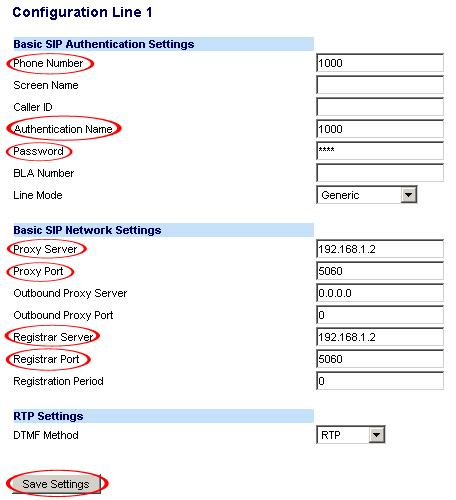
an example with details filled in
OPTIONAL FIELDS:
Screen Name
Example: John Smith
Other fields
Other "options" or "fields" should be left blank or as is by default, they have no importance for registering the Aastra 480i to PBXware.
3. Click on the "Save Settings" button.
4. Click on the "Reset" link.
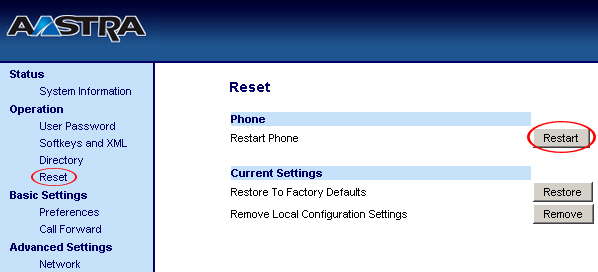
5. Click on the "Restart" button to restart your Aastra 480i so that the changes take effect.
- Conclusion: If everything is done as above described you should have successfully registered your Aastra 480i to PBXware. Dial *123 to verify registration.
- For further information, please contact the manufacturer or check their web site www.aastra.com.
¶ Auto Provisioning
¶ UAD Settings
STEP ONE: PBXware IP address.
1. Find out the IP address of PBXware server.
STEP TWO: Login to PBXware.
1. Open a new browser window and enter the IP address followed by "/admin/index.php" in order to access the PBXware administration interface login screen.
Example: http://192.168.1.2/admin/index.php

an example with IP address following by "/admin/index.php"
2. Hit "Enter" on your keyboard.
3. Login into PBXware with your e-mail address and password.

STEP THREE: UAD status.
1. Make sure the UAD is enabled. To check the UAD status navigate to "Settings:UAD", and click on the "edit" icon corresponding to "Aastra 480i".

2. Make sure "Status" is set to "active", "Auto provisioning" is set to "Yes" and "DHCP" is set to "Yes".
3. Click on the "Save" button to save changes.
¶ Creating Extension
STEP ONE: Add Extension.
1. Navigate to "Extensions". Click on "Add Extension".
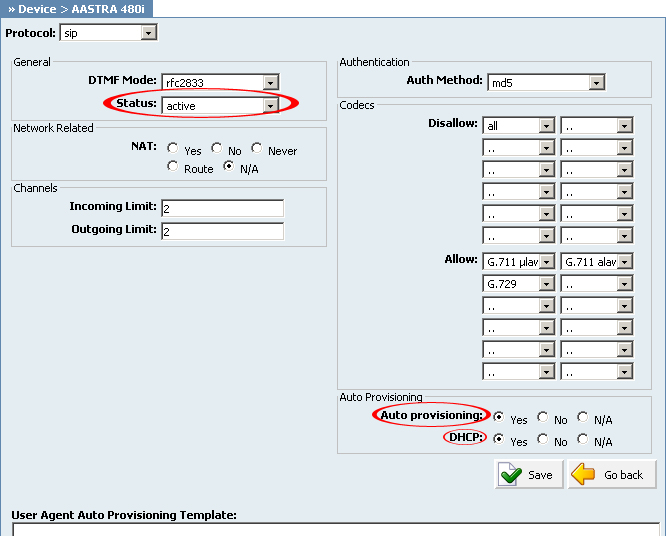

2. The standard options window will be shown below

3. Select Aastra 480i from "UAD" select box.
4. Select Location: "Local" or "Remote".
Note:
-"Local" is for all extensions registered on LAN.
-"Remote" is for all extensions registered from remote networks, WAN, Internet etc.

5. Click on the "Next" button.
STEP TWO: Extension values.
1. Enter values into the required field text boxes.
REQUIRED FIELDS:
Name:
Enter a name for the extension being created. Example: John Smith.
E-mail:
Enter the e-mail address associated with this extension. This e-mail address will receive all system notification messages. Example: john@domain.com
Auto provisioning:
Set to "Yes".
MAC Address:
Aastra 480i MAC address. Example: 001646f5f797
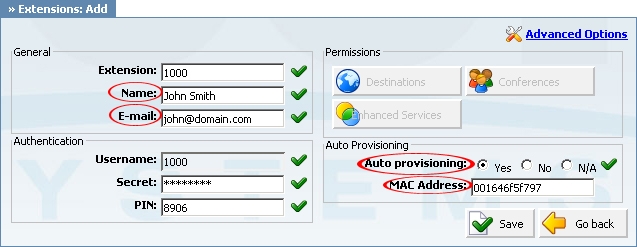
an example with details filled in
2. Click on the "Save" button.
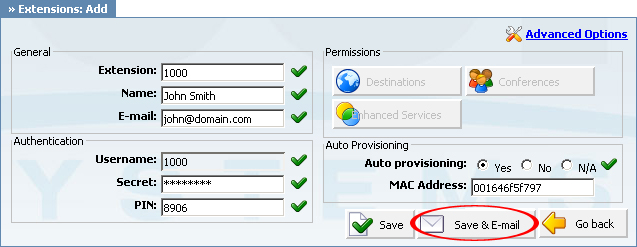
an example with details filled in
3. Click on the "Save & E-mail" button. Account details will be sent to the e-mail address associated with this extension.
OPTIONAL FIELDS:
Extension:
An auto-generated extension number based on the next available sequential number. An extension value can be changed. Example: 1000.
Username:
Username is auto generated/populated and cannot be changed since it allows the system to use this value for other important operations.
Secret:
A secret value associated with the UAD is auto-generated in order to allow the UAD to successfully register with the system. The secret value can be changed.
PIN:
An auto-generated PIN will allow access to voicemail and online self care.
¶ Registering Phone
STEP ONE: Power over Ethernet.
- Connect the ethernet port to a "POE Passive Power over Ethernet injector".
- Connect "POE Passive Power over Ethernet injector" to a hub, router or switch as to access LAN.

After successfully connecting the Aastra 480i to the electricity and data networks it is time to register it to PBXware.
"TFTP Server" must be set with TFTP server value.
STEP TWO: Aastra 480i IP address.

Find out IP address of the Aastra 480i connected to network.
1. Press the "Options" button.
2. Use the "Navigation" button to navigate down to "Network Settings".
3. Press the "Show" button.
4. Enter password. Default factory password is "22222".
5. Press the "Enter" button.
6. Use the "Navigation" button to navigate down to "IP Address".
7. Press the "Show" button.
STEP THREE: Aastra 480i Web Interface.
1. Open a new browser window and enter the IP address in order to access the Aastra 480i administration interface.
Example: http://192.168.1.101/

an example with IP address
2. Hit "Enter" on your keyboard.
STEP FOUR: Configuring TFTP server.
1. Login to the Aastra 480i Web Interface, you'll be prompted to enter username and password. The factory default username is lower case "admin" and password is "22222".
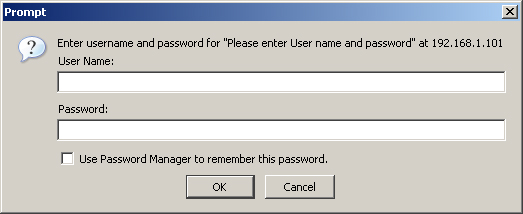
2. Click on "Configuration Server" link.
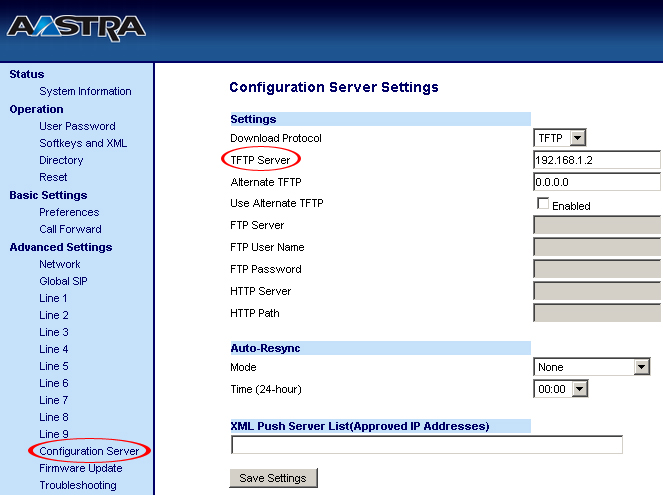
an example with details filled in
3. "TFTP Server" must be set with TFTP server value. Example: 192.168.1.2
4. Click on the "Save Settings" button.
5. Click on the "Reset" link.

6. Click on the "Restart" button to restart your Aastra 480i so the changes take effect.
¶ Paging
1. Navigate your Internet browser to the phone's IP address (for example http://192.168.1.1).
2. Select "Preferences" under the "Basic Settings" tab.
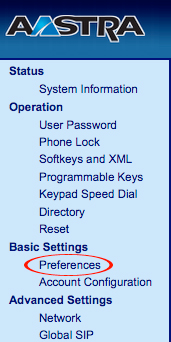
3. Make sure that
Auto-Answer box is checked.
Microphone Mute box is not checked.
4. Navigate to the bottom of the page and click on the "Save Settings" button.
5. Reboot the phone to apply the new settings.
NOTE: At the time, the paging option is set for all lines and works once the handset is picked up. Paging tested with Firmware version 1.3.1.1095.
¶ Glossary
- DHCP = Dynamic Host Configuration Protocol (DHCP) is a communications protocol that allows network administrators to manage and automate the assignment of Internet.


- HUB = A common connection point for devices in a network.
- IP Address = Internet Protocol address.
- Local = A local area network (LAN) is a computer network covering a local area, like a home, office, or small group of buildings such as a college.
- LAN = Local Area Network.
- PIN = Personal Identification Number.
- Remote = Network devices that are managed or controlled from a network system other than the system to which they are directly connected.
- Router = A device that forwards data packets from one local area network (LAN) or wide area network (WAN) to another.
- Switch = Network device that selects a path or circuit for sending a unit of data to its next destination.
- UAD = User Agent Device.
- VoiceMail = The electronic transmission of voice messages over the Internet. The messages are stored on a computer until the recipient accesses and listens to them.
- WAN = Wide Area Network.
- Web Interface = A web interface is the system of controls with which the user controls a device.